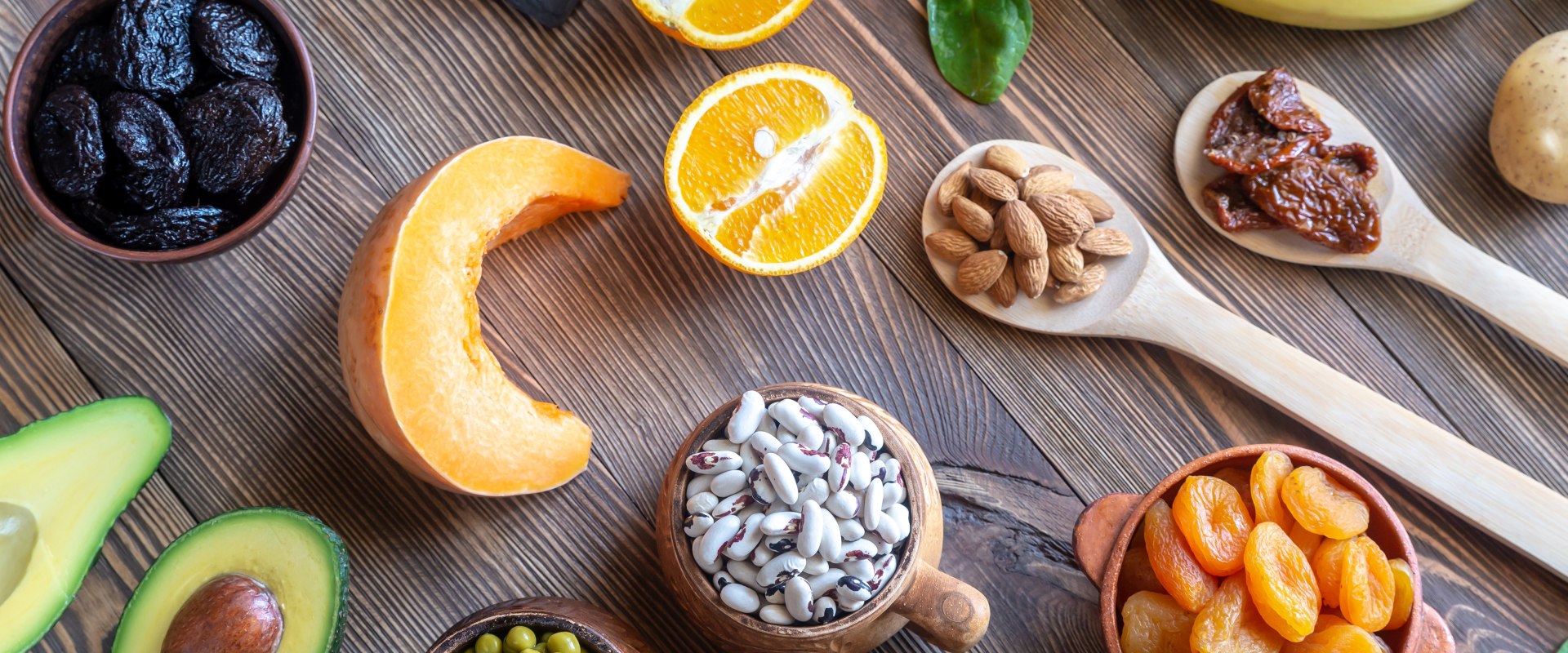The central technical and political aspects of the activities of the food system are shown around the three components of production, distribution and consumption. Conventional food systems are the most common type and generally include food production and the retention of hot and refrigerated food before food service. Conventional food systems can cook all their food from scratch, or they can buy partially prepared or fully prepared food. If Rick chooses a conventional food system for his establishment, this would mean that he would have greater flexibility in the menu and would perceive the quality of the food; however, the food and labor costs associated with conventional food systems are higher.
Commisato food systems, also known as centralized feeding systems, are produced when central kitchens produce a large quantity of food that is transported for service to other, smaller kitchens. This type of food system is more effective on a large scale, since food can be purchased in bulk for less money. However, the temperature and packaging of the food being transported must be controlled to protect food safety. If Rick chooses a economate-type food system for his health center, this would allow him to use less labor and would allow for a better consistency of the food served.
However, it can lead to work monotony, as employees generally perform tasks in the style of an assembly line and transportation costs can be high. Prepared food systems, also known as “cooking and cooling”, are food systems that prepare food and cool it or freeze it, and then reheat it when it's time to serve it. In this type of food system, employees can purchase partially prepared or fully prepared food. If Rick chose a prepared food system for his health center, he could schedule food preparation at convenient times and batch cook large quantities of food that could later be overheated.
However, this may limit the availability of the menu, as fresh produce would not be ideal for this type of preparation and preservation. Food safety could also be a cause for concern, as these large batches of food are prepared at the same time. Food is something that both animals and humans consume to survive. It is essentially derived from several plants and animals, but before human consumption it is processed.
Therefore, food production is the process of transforming raw materials into edible food products. These converted food products can be used directly for cooking at home or in the food processing industries. The food production process can be segregated into several stages, and each of them is very important. In the food processing industry, the process begins with the main steps of cleaning, segregation, etc.
From Seattle to Topeka, an orange is an orange, and the same brand of packaged food looks and tastes the same. Activities related to the use and consumption of food include those involved in the preparation, processing and cooking of food at both the household and community levels, as well as household decision-making regarding food, household food distribution practices, cultural and individual food choices and access to health care, sanitation and knowledge. The hospitality industry is responsible for providing services, generally services related to food and lodging in hotels, resorts, theme parks, etc. As the environmental and health impacts of conventional agriculture become better understood, public demand for cleaner, more sustainably produced food continues to increase.
Industrial food production usually involves the same processes on a much larger scale, so the machinery needed is also, consequently, larger. The food and beverage industry is comprised of establishments that prepare meals, snacks and beverages ready for immediate consumption. This section attempts to describe the parts of a food system in basic terms, from the point of view of the systemic approach. This consolidation of capital and market power by agri-food multinationals has contributed to the disruption of traditional food systems around the world.
British and European colonialism was driven by the trade in food products such as tea and sugar, which enslaved or exploited the labor of people from African, South American and Asian countries to produce consumer goods in Europe. Food production also incorporates in itself the steps necessary to prepare a meal from edible products. Sales to local retailers or direct sales to end consumers also suppress some of the intermediate steps in the supply chain, where large food companies tend to capture profits, leaving more wealth in the hands of farmers. Only subsistence farmers, those who survive on what they grow, and hunter-gatherers can be considered outside the realm of the modern food industry.
On the contrary, facilities such as regional cereal factories and small-scale meat processors help make the local food system more. These health and nutrition outcomes are associated with the concept of food security (sufficient access to adequate and healthy food), which was introduced in module 3 and will be further discussed in module 11. . .

Leave a Comment